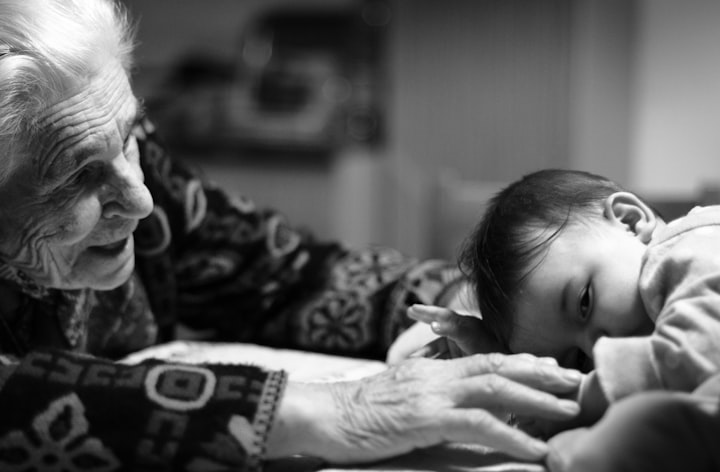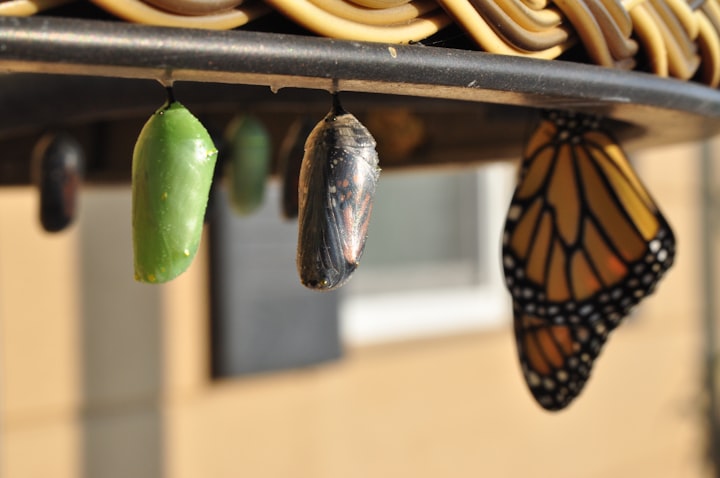
Many parents believe that the earlier their children walk, the smarter and stronger they will be. When they see that their children are already walking and their children are not yet walking, parents start to worry about various things: Is there a calcium deficiency? Is he or she behind in development? Should we go for a check-up?
Walking is a milestone for parents and children alike. So when is the best time for your child to start walking? Does late walking indicate any problems? What should parents be aware of as their child learns to walk?
When is the best time for a child to start walking?
Before a child can walk, most children have to go through a period of crawling, then slowly transition to walking on their feet, and finally toddling, before they can walk smoothly and independently for some time.
In general, children walk from 11-18 months of age, with the average age being around 12 months.
Parents should not interfere by forcing their children to walk early, as this is counterproductive. Walking is natural and your child is ready to walk when he/she shows the following signs
Your child can crawl freely
Crawling is not only good for hand and foot coordination but also for brain development and balance of the cerebellum.
The better the child's balance, the less he or she will fall.
Your child can squat and stand independently
The fact that a child can squat and stand on its own without the help of an adult, and can stand on its own for a while, means that the child's foot muscles have gained some strength and that it will soon have a strong desire to walk.
The child can hold on to objects and move forward
We often see children holding onto sofas, stools, and walls to walk on their own. These movements exercise the leg muscles and lay the foundation for independent walking. This is a good time to encourage the child to walk by holding, rather than actively holding or supporting the child.
Walking with a short toddle
When your child is physically ready, he or she will try to let go of the handholds and waddle on his or her own, wobbling after the first few steps and falling over quickly. Some children sit on their backs, some wobble for a few moments and then stand up or look for objects to assist them in standing, and some simply fall over.
This is because the child's muscles are not yet strong enough and will improve over time.
What parents should pay attention to when learning to walk
Parents should do the following things to help their children learn to walk.
Firstly, prepare loose and comfortable clothes and soft and firm shoes for your child, and if possible, allow your child to walk barefoot. Walking barefoot is good for blood circulation, walking posture and tactile development, but be careful not to let your child get cold or hurt by hard objects.
Secondly, parents should put bumper stickers on the sharp corners of tables and chairs, remove fragile items and keep all sockets away from children or put safety plugs in place to prevent injuries to children.
Finally, parents can exercise walking by holding a toy or something that interests the child and allowing the child to pick up and drop off things back and forth with purpose, through play. However, when the child appears resistant and does not want to walk, do not force or blame the child.
In short, when your child is learning to walk, parents should prepare suitable clothing, provide a good environment, and ensure safety with less interference, more encouragement, and more observation, so that they are aware of the situation and not in a hurry.
Other considerations
Although learning to walk is a natural progression, parents should not be careless and should be aware of the following situations when their child is
Can't walk past 18 months
Although the development of each child is different, if your child is still not walking after 18 months and is lagging in all aspects of development on physical examination, you should take your child to the hospital for a check-up.
Frequent falls after walking
When a child first learns to walk, he or she is prone to falling or walking unsteadily because the muscles are not strong enough, as long as the child squats and stands very steadily, it is not a problem of bones or calcium deficiency.
However, if your child often falls, has difficulty squatting and standing, or has uncoordinated movements, and does not improve as he or she grows up, you should go to the hospital for a check-up.
Your child has a limp when walking
When a child walks with a limp, first rule out external factors such as sand in the shoe or a knocked toe. If your child continues to limp continuously and does not like to walk even after eliminating external factors, it is recommended that he or she is examined by a hospital.
Learning to walk is a natural and joyful experience for every child. Parents should pay more attention to their children's growth patterns, keep up with medical check-ups, acquire scientific knowledge, and wait patiently and without anxiety or comparison, and it is only a matter of time before your child learns to walk.






Comments
There are no comments for this story
Be the first to respond and start the conversation.